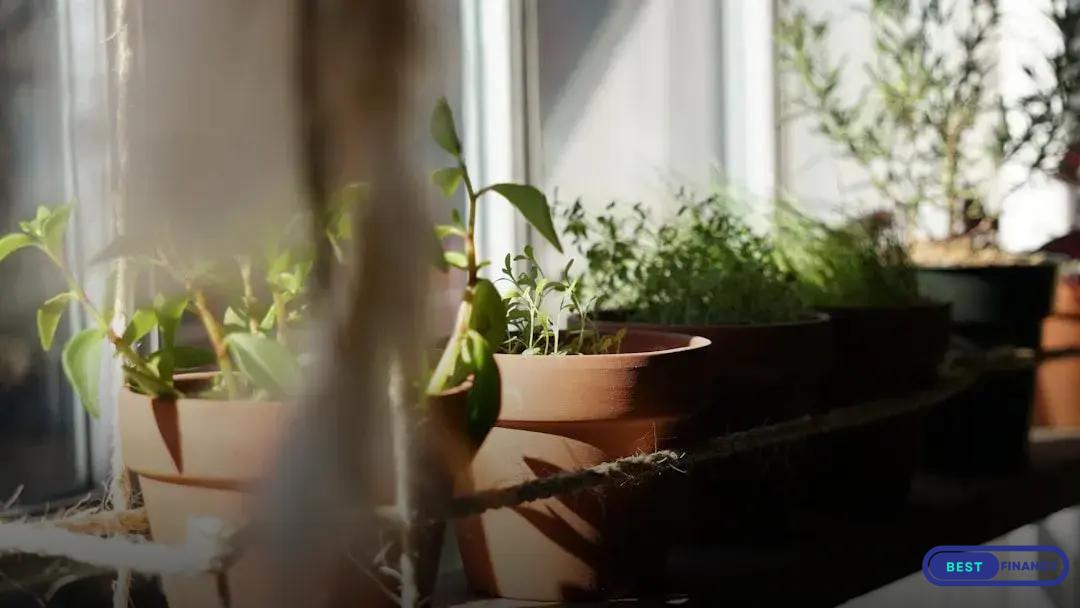Nurturing plants is an engaging and rewarding hobby, but many of us wonder: When and how should we fertilize to ensure our plants flourish? When & How to Fertilize Your Plants can make all the difference in plant health and productivity. In this guide, explore the best practices and techniques for keeping your greenery vibrant, following the comprehensive strategies outlined in our sections below.
Understanding Plant Nutrient Needs
Plants require a range of nutrients to grow healthily, with macronutrients like nitrogen, phosphorus, and potassium being crucial. Each nutrient plays a distinct role: nitrogen promotes lush, green foliage; phosphorus enhances the growth of roots, flowers, and fruits; potassium strengthens overall plant health and disease resistance.
Micronutrients such as iron, manganese, and zinc support essential plant functions in smaller quantities. Deficiencies in any of these can lead to stunted growth or physiological problems. Observing plant leaves is often the simplest way to diagnose nutrient needs, as yellowing, browning, or deformities can indicate specific deficiencies.
Soil type affects nutrient availability. Sandy soils, for instance, may drain nutrients quickly, while clay soils hold nutrients better but may inhibit root penetration. Knowing your soil type can help tailor your fertilizing strategy.
Using a balanced fertilizer can help address multiple needs at once. Look for products with a nutrient ratio, like 10-10-10, ensuring plants receive a comprehensive nutrient mix. Organic fertilizers, such as compost, can also enrich the soil while improving its structure.
Choosing the Right Fertilizer

To nurture your plants effectively, selecting the proper fertilizer is crucial. Different plants have unique nutrient needs, but understanding a few key factors can help simplify your choice. Organic fertilizers, such as compost and manure, improve soil structure and provide nutrients over time. They work well for those prioritizing sustainability. In contrast, synthetic fertilizers deliver immediate nutrients and are suitable for quick results.
One vital aspect is the NPK ratio, which stands for nitrogen (N), phosphorus (P), and potassium (K). Each element serves distinct purposes. Nitrogen fuels strong leaf growth, phosphorus supports roots, flowers, and fruit, while potassium enhances overall plant health. Analyze the specific NPK ratio that matches your plant type, as for leafy greens, consider fertilizers high in nitrogen, whereas phosphorus-rich options are ideal for flowering plants.
Also, factor in soil tests to determine existing nutrient levels. This practice prevents over-fertilization, which can harm your plants. Local garden centers and agricultural extensions offer testing services to help you make informed decisions. Stay mindful of plant-specific needs; for instance, succulents benefit from fertilizers tailored to their drought-resistant nature, while acid-loving plants like blueberries require fertilizers that enhance soil acidity.
The Best Time to Fertilize
Fertilizing your plants at the right time is crucial for their health and growth. While some general guidelines apply, timing can vary depending on the type of plant and its growth cycle. For most plants, the best time to fertilize is during their active growing season, typically from spring to early fall. During this period, plants absorb nutrients more efficiently.
However, certain plants have unique requirements. Perennials, for example, often benefit from an initial dose of fertilizer in early spring as they begin to come out of dormancy. On the other hand, annuals may need regular fertilization throughout the entire growing period.
It’s essential to consider the local climate and weather patterns. Fertilizing just before a rain shower can help wash the nutrients into the soil and near the plant roots, ensuring better absorption. Conversely, avoid fertilizing during droughts or extreme heat, as this can stress the plants.
Moreover, for houseplants, seasonal changes indoors don’t impact them as much, so you might fertilize them every 4-6 weeks when they are actively growing, typically during warmer months.
Application Techniques for Optimal Results

- When applying fertilizer, uniform distribution is key. Ensure that the granules or liquid are spread evenly across the soil to prevent nutrient concentration in one area.
- Water your plants before fertilizing. This practice helps in preventing root burn by diluting the salts present in fertilizers.
- Consider using a
slow-release fertilizer
. This type of fertilizer gradually provides nutrients, making it a safer option for the long-term health of your plants.
- For liquid fertilizers, opt for early morning applications. This timing allows plants to absorb nutrients before the heat of the day.
- When using granulated fertilizers, spread them on moist soil. This helps the granules break down more efficiently and reach the root system faster.
- Utilize techniques like side dressing for larger plants or those that require specific nutrient boosts. Apply the fertilizer to the soil around the plant base.
- For potted plants, dissolve the fertilizer in water to ensure it reaches the root level. This technique prevents buildup on the soil surface that could harm the plant.
- Regularly monitor the plant’s growth and soil condition post-fertilization to adjust future applications. Look for signs of nutrient deficiencies or excesses for optimal results.
Common Mistakes and How to Avoid Them
When fertilizing plants, it’s crucial to avoid over-fertilization. Adding too much fertilizer can lead to nutrient burn and harm the plants. Always follow the instructions on the fertilizer package and measure precisely.
Another common mistake is neglecting to test the soil before fertilizing. Without knowing the current nutrient levels, it’s easy to add nutrients that are already sufficient, leading to waste and potential plant stress.
Many gardeners often use the wrong type of fertilizer for specific plants. Research the needs of your plants to ensure you’re using the correct formulation. Different plants require different nutrient ratios for optimal growth.
Ignoring the benefits of organic fertilizers is another pitfall. While synthetic fertilizers work quickly, organic options improve soil health in the long term and decrease the likelihood of nutrient runoff, which can harm local ecosystems.
Lastly, not adjusting the fertilizer schedule according to the plant’s growth stage can be detrimental. Young plants may require less fertilizer compared to when they are actively growing and flowering. Adjust your approach as your plants mature to ensure they receive the right amount of nutrients at each stage of their development.


 Hosting a Garden Party: Nature-Inspired Decor Ideas
Hosting a Garden Party: Nature-Inspired Decor Ideas  Outdoor Lighting Ideas: Highlight Your Garden at Night
Outdoor Lighting Ideas: Highlight Your Garden at Night  Incorporating Water Features into Your Garden: A Splash of Tranquility
Incorporating Water Features into Your Garden: A Splash of Tranquility